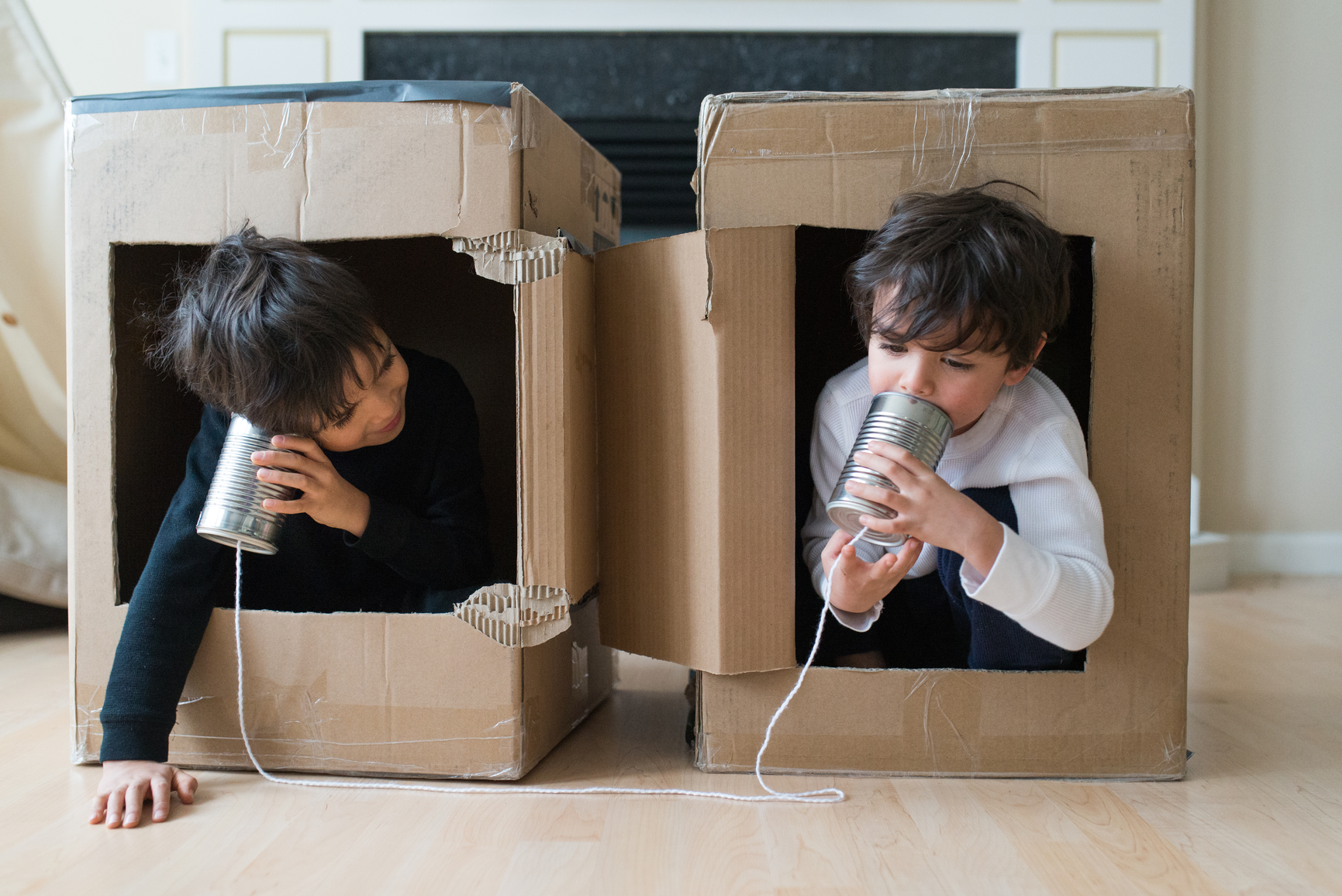Raising a multilingual child
Each language is made up of approximately 40 sounds and babies’ brains can distinguish between over 800 sounds. This allows for them to learn any language at birth, so how can we support that?
Read more

Play is the highest expression of human development in childhood, for it alone is the free expression of what is in a child’s soul. – Frederich Froebel, Educator (1782-1852)
You might hear the phrase ‘learning through play’ in reference to children under 5 and this is because play is the essential function in your child’s development.
So much learning happens during play such as social skills, problem-solving, critical thinking, maths, risk-taking, negotiations, estimations, sequencing of events, self-expression, creativity and much more.
Throughout the early years of your child’s development, you will notice that they go through different stages of play, though not necessarily in sequence and stages may overlap. Often you may see a child that usually relishes in collaborative play, retreat and observe from the side. This is perfectly fine as the child adapts play to their current needs.
To support your child with play, provide them with ample time to play and the space to explore. Play is a safe place for a child to test out new skills and ideas. This can take place inside or outdoors and there is no need for intricate or expensive resources. Open-ended and natural resources inspire the imagination and provide endless outcomes and opportunities to extend play.
Walking outside is a fantastic way to collect items for open-ended and symbolic play. A log can become a raft and a leaf its sail, A flat stone could become a dolls bed or a bus travelling to the shops. The possibilities are endless.
You may be surprised by how many items you may have at home waiting for your child’s imagination to take over. The list below is just a few suggestions but from whatever you find, just check they are age-appropriate and aren’t small enough to be a choking hazard or long enough to place around the neck.
For some great ideas of activities you can enjoy at home with your child, browse our try this at home section on The Family Hub.